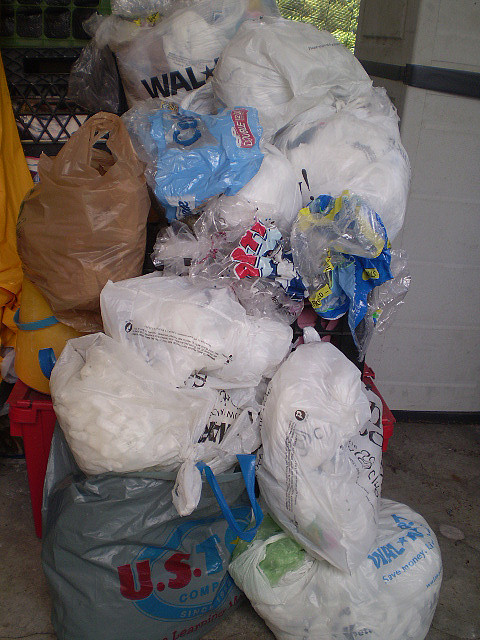How to Write A Remote Buffer Overflow Exploit Using Python.
A buffer overflow (or buffer overrun) occurs when the volume of data exceeds the storage capacity of the memory buffer. As a result, the program attempting to write the data to the buffer overwrites adjacent memory locations.
A buffer is a sequential section of memory allocated to contain anything from a character string to an array of integers. A buffer overflow, or buffer overrun, occurs when more data is put into a fixed-length buffer than the buffer can handle.

Buffer overflow is an anomaly that occurs when software writing data to a buffer overflows the buffer’s capacity, resulting in adjacent memory locations being overwritten. In other words, too much information is being passed into a container that does not have enough space, and that information ends up replacing data in adjacent containers.

Buffer overflow definition. A buffer overflow or overrun is a memory safety issue where a program does not properly check the boundaries of an allocated fixed-length memory buffer and writes more.

A buffer overflow happens when more data is written to or read from a buffer than the buffer can hold. On the face of it, this sounds like a pretty foolish error. After all, the program knows how.

Buffer Overflow Examples, Code execution by shellcode injection - protostar stack5 Introduction. Hey I’m back with another Buffer Overflow article and today we are going to do a really interesting exploit, Today we will finally escalate privileges using a vulnerable suid binary (you can know more about that by reading the first buffer overflow article), I will also cover some interesting.

A buffer overflow occurs when a program or process attempts to write more data to a fixed length block of memory, or buffer, than the buffer is allocated to hold.Since buffers are created to.

A buffer overflow occurs when a program tries to write too much data in a fixed length block of memory (a buffer). Buffer overflows can be used by attackers to crash a web-server or execute malicious code.

Here we are, the program went through the function two times. If an overflow is present, the return address of functions can be changed to alter the programs execution thread. 4. Shellcode To keep it simple, shellcode is simply assembler commands, which we write on the stack and then change the return address to return to the stack.

Buffer Overflows - Smashing the Stack A buffer overflow occurs when you allow the user to enter more data than your program was expecting, thereby allowing arbitrary modifications to memory. Due to the way the stack is set up, an attacker can write arbitrary code into memory.

A buffer overflow that injects code into a running process is referred to as an exploitable buffer overflow. A certain class of well documented strings and characters manipulation functions that may be used together with an array variables for their arguments or inputs, such as strcpy(), gets(), scanf(), sprintf(), strcat(), is naturally vulnerable to buffer overflows.

It is much harder not to write a buffer overflow script in C, Dennis Ritchie wrote the C language for developing the UNIX operating system. He made C very close to the hardware and did not include automatic protection against buffer overflow. His.

Writing Buffer Overflow Exploits With ASLR Today I decided to refresh my memory of buffer overflows by writing a short vulnerable program and then an exploit for it. To make things more interesting, I decided to challenge myself to write an exploit for the program that would work with ASLR enabled.



